Stirling’s Thistles shopping centre has been concealing a centuries-old secret for close to 50 years.
Beneath the mall, which opened in 1977, lorry drivers make their deliveries to a loading bay with a unique difference – it’s also the site of a medieval street, once known as Dirt Raw, as well as a hidden section of Stirling’s historic city wall dating back to the 1500s.
Though members of the public can’t usually visit this area for safety reasons, it is very occasionally opened up for guided tours.
This was the case on Thursday, when local archaeologist Dr Murray Cook led a group around Stirling’s “buried” street.
The inside of the Thistles bastion (where guards protecting the city would have once kept watch) is accessible all the time from inside the shopping centre, though many residents regularly walk past it without realising.
This is where Dr Cook’s tour begins, as the group descends a spiral staircase into the bastion, and take turns peering down into the “thieves pot” – the prison pit below.
The circular stone room, complete with medieval artefacts, is worlds away from the modern retail mecca just upstairs.
“You’re looking at the best preserved bastion in Scotland,” says Dr Cook.
“And the only one where you can actually walk in and experience what it was like to be a soldier in the 16th century, thinking about the English coming over the hill.”
Stepping outside through a normally tightly-locked door, the tour continues into the Thistles loading bay, and the surreal feeling of straddling two very different time periods builds.
Constructed using a combination of dark igneous rock and lighter-coloured local sandstone, the exterior of the large bastion is surrounded on all sides by modern car-park infrastructure: metal handrails, red plastic waste bins, warning signs.
And, of course, the floor of the Thistles Centre itself is nestled snugly on top.
But, says Dr Cook, the unusual decision to build the shopping mall over this historic site has kept the bastion exceptionally well protected.
“We have the best preserved city wall in Scotland, with the most bastions on it, all of which are amazingly well preserved,” he explains.
“And the one under the Thistles is the most impressive of the whole lot.”
Musket ball impacts only recently discovered
Even more surprising than the imposing hidden medieval bastion itself is the news that a new historical discovery was made here during the last buried street tour.
Dr Cook points out four musket ball impacts in the stone that, until recently, had never been observed or recorded before.
It’s likely these were the result of a tense exchange of gunfire, either in 1650 or 1746 – the archaeologist’s money is on the latter.
But the Thistles’ basement loading bay isn’t only home to the city wall bastion – it’s also the site of a once-notorious medieval Stirling street known as Dirt Raw.
“The ‘dirt’ refers to unpleasant things that took place there – there was cheaper housing, a tannery. It’s where industrial things took place,” says Dr Cook.
As Stirling began to expand in the early-19th century, its boundaries changed, and Dirt Raw was slowly built over and swallowed up. Then, developers planned the Thistles shopping centre to go on that very spot.
“In doing that, what they actually did was seal some of the frontages, and sealed the line of the medieval street,” explains Dr Cook.
People of Stirling fought to save Thistles bastion
The tour continues past the bastion, along the former Dirt Raw. It takes a little bit of imagination, but it isn’t difficult to envision the street and its narrow closes as Dr Cook paints the picture of Stirling’s lost past in your mind’s eye.
Though the experience of discovering the city’s buried street feels close to time travel, sadly there’s no way to turn back the clock and save Dirt Raw.
Still, in Dr Cook’s view, there’s no reason to dwell on that too much.
“The Victorians built what is now the Old Town Jail over a big section of the city wall, and they destroyed half a bastion there,” he says.
“You know, stuff changes with every generation. What we consider important changes.”
Nonetheless, in the 1970s it was the people of Stirling who fought to save the Thistles bastion for future generations, even if the compromise was to hide it away.
“It has only been preserved because the development was changed to allow it to be preserved,” explains Dr Cook.
“The original intention was to remove it, and there was actually a public outcry in the seventies.
“It was preserved because the people of Stirling demanded that it be preserved, and quite rightly so.”
For more Stirling news and features visit our page or join us on Facebook
Read more
Bannockburn trotting track to be decided by government ministers
Stirling’s biggest eyesores – and what’s planned for them
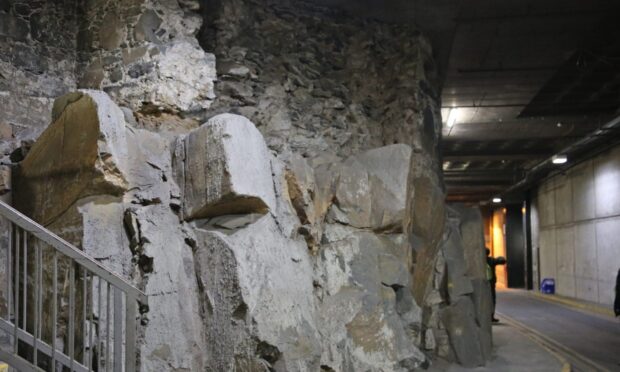
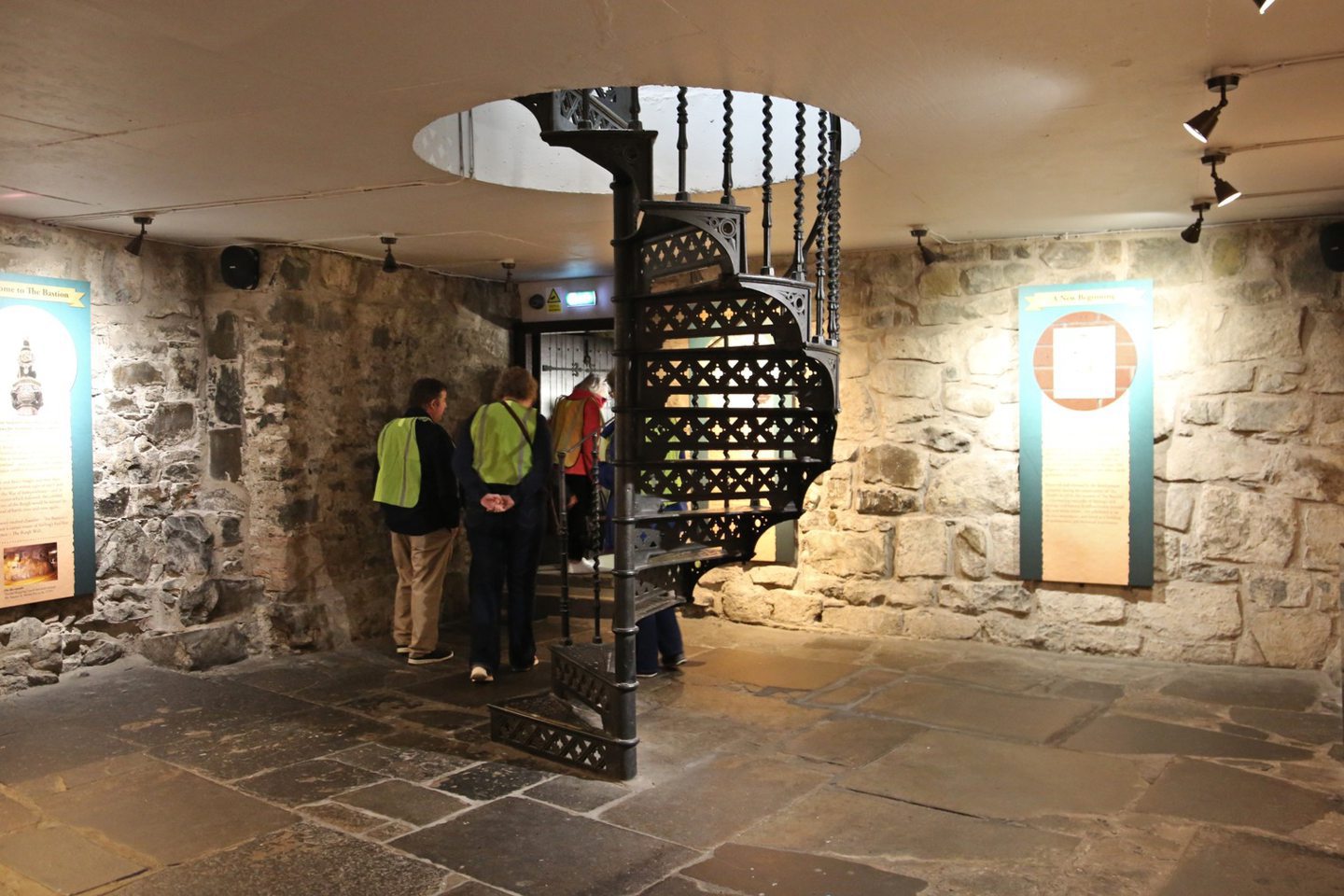
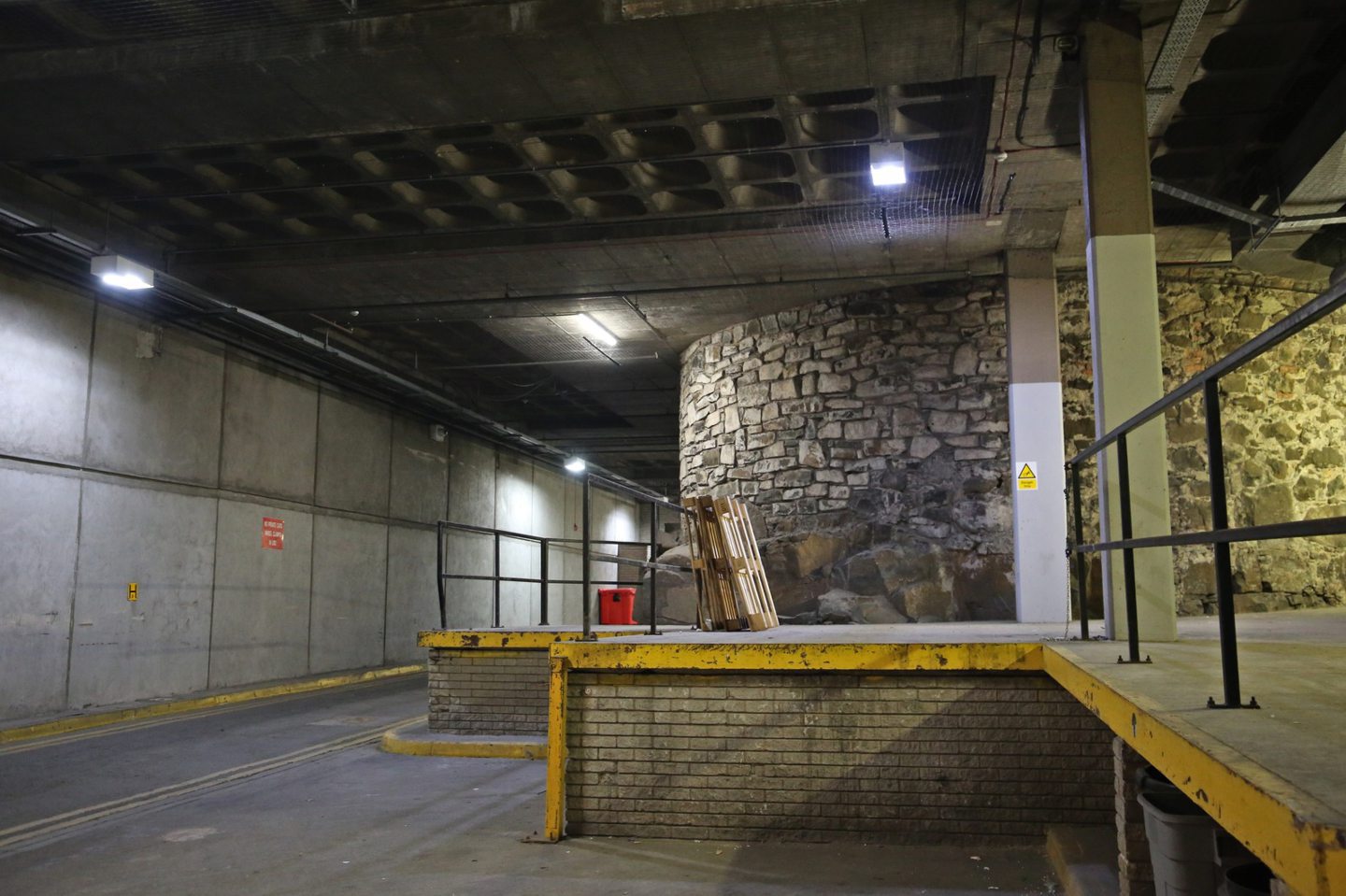
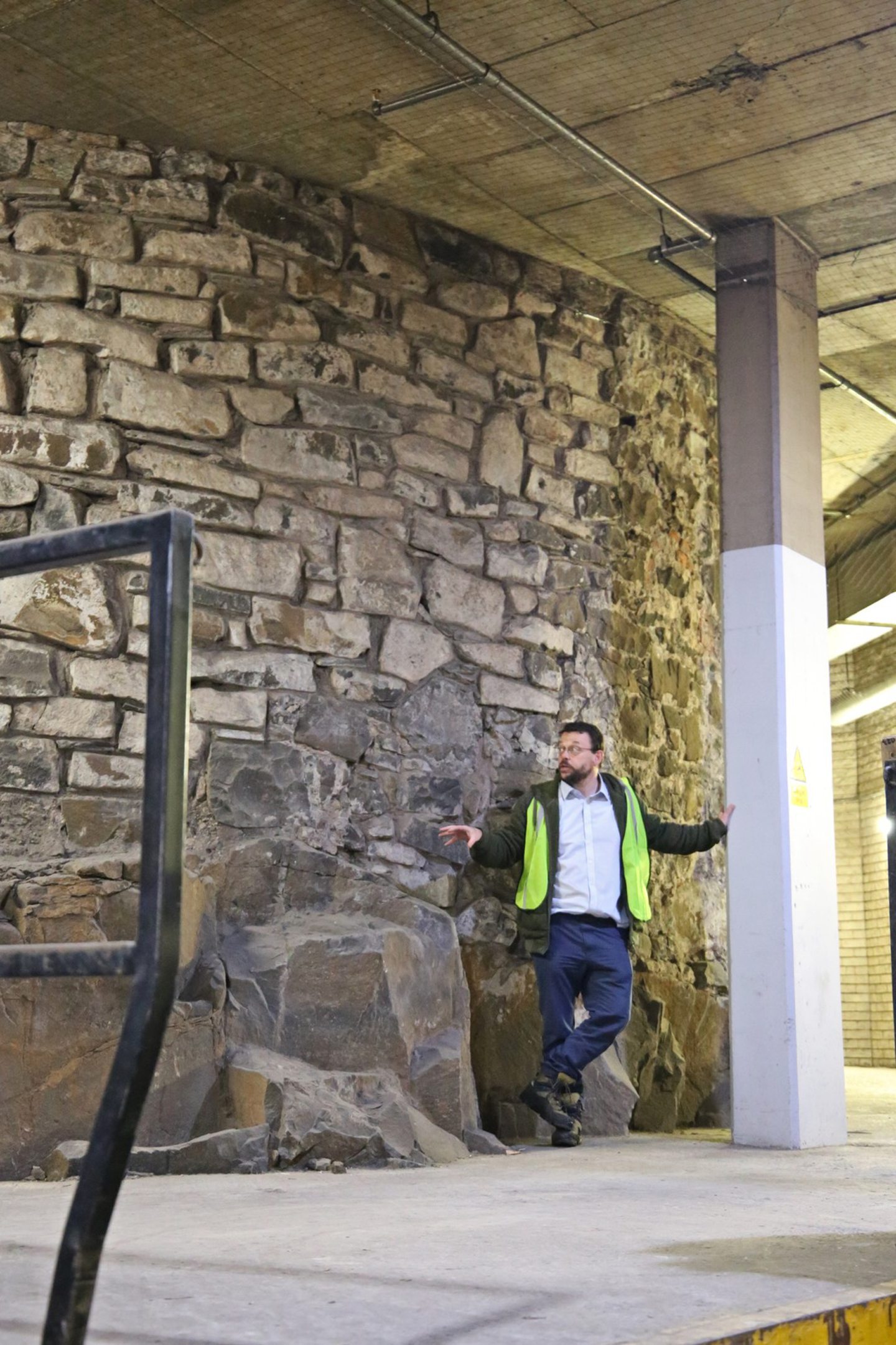
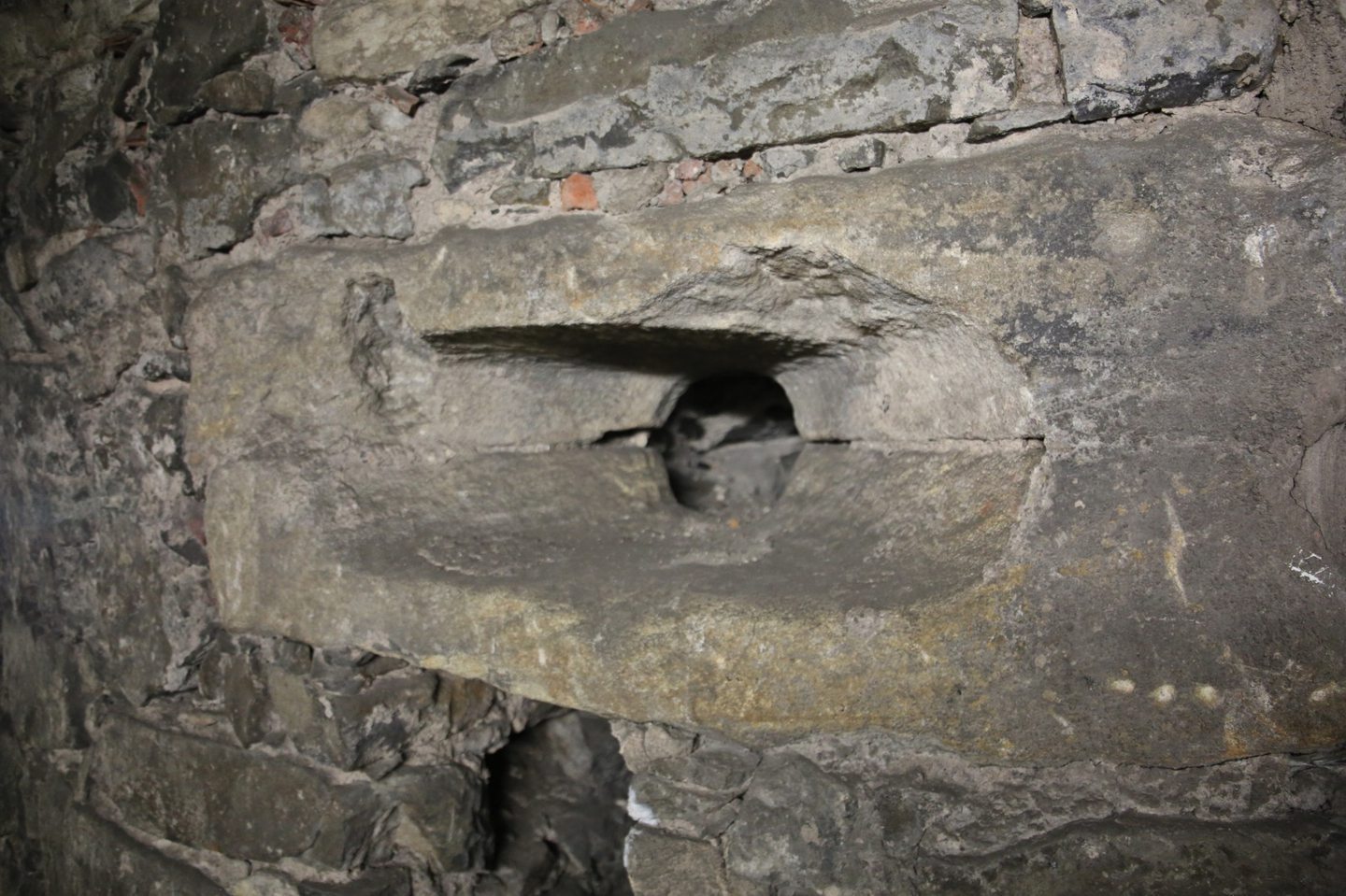
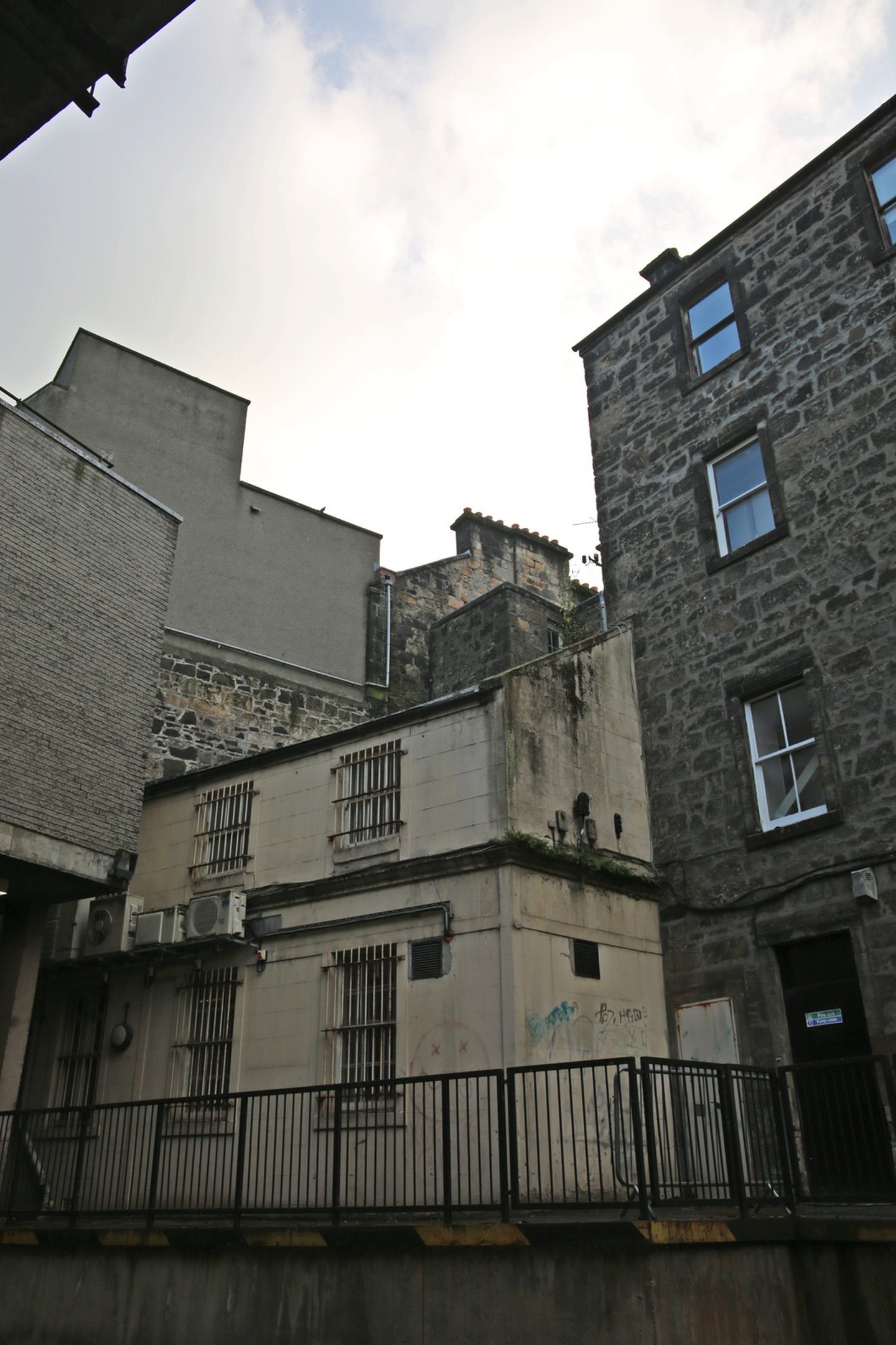
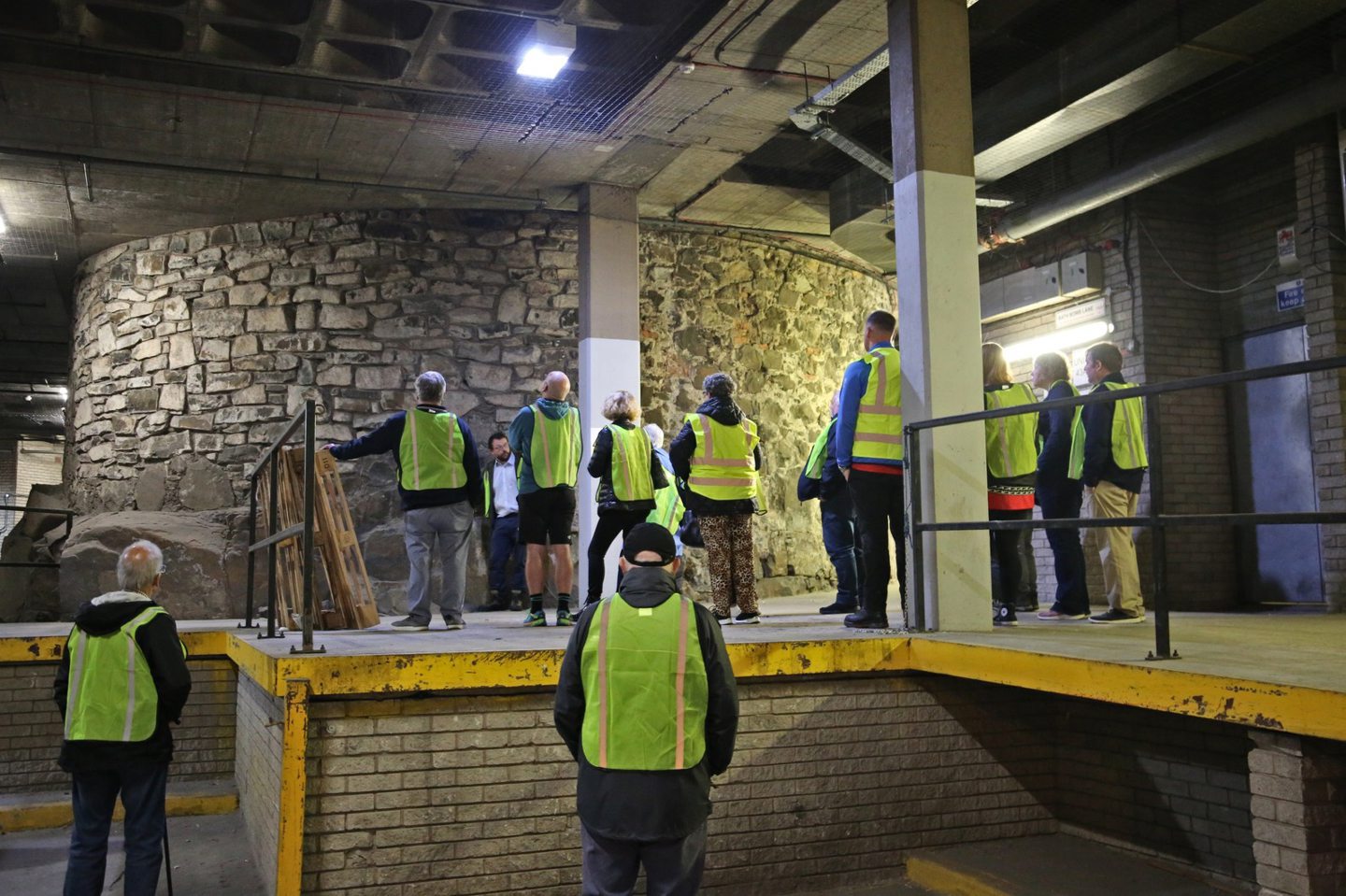
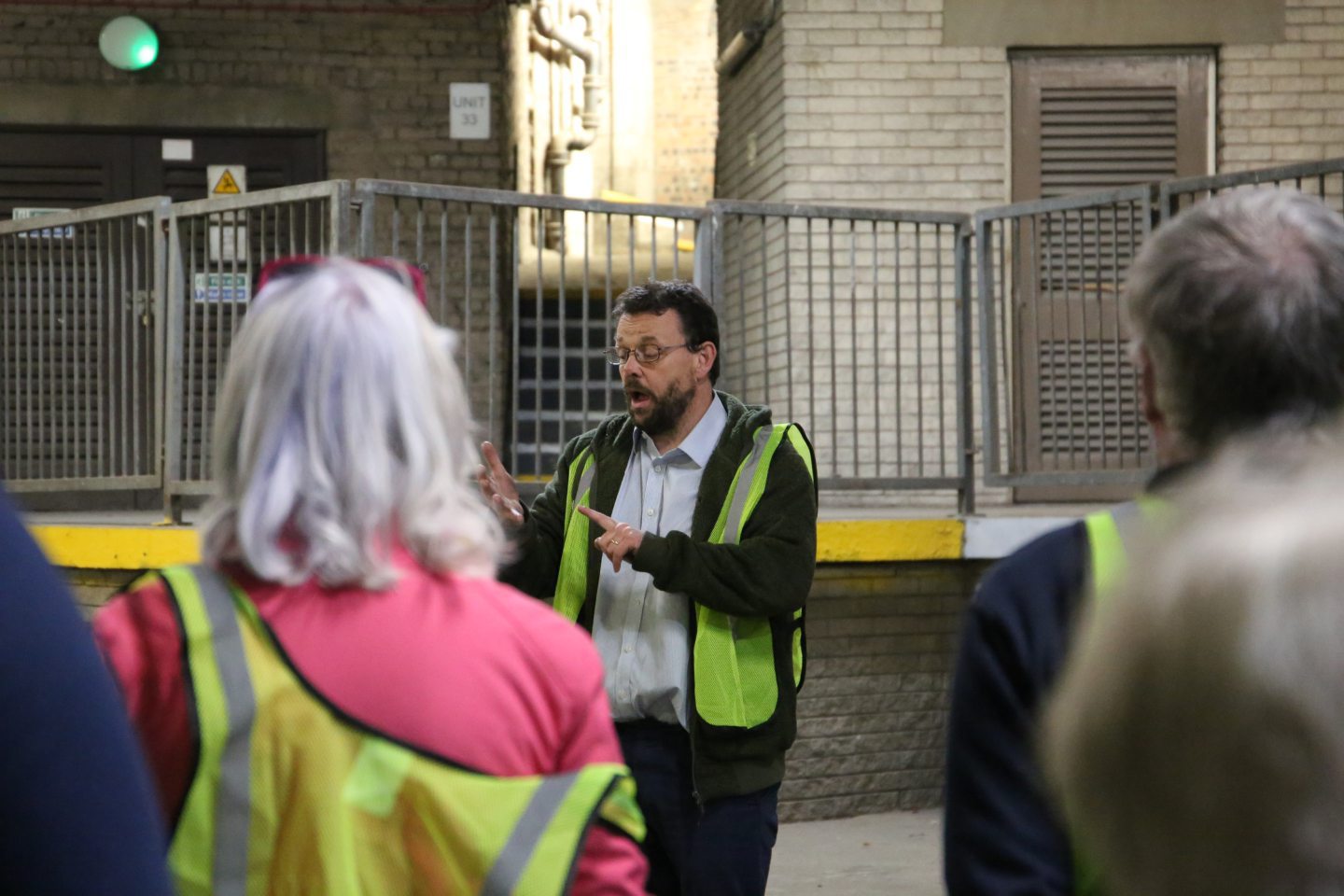

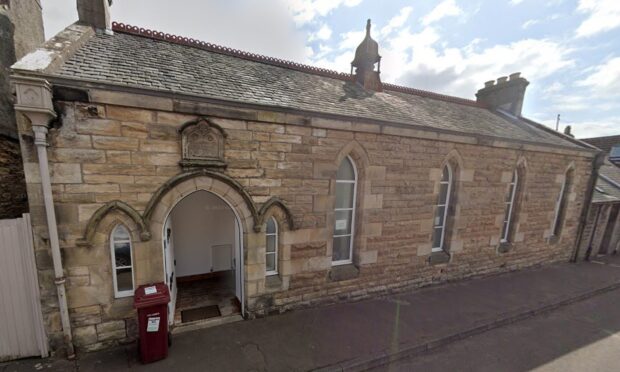



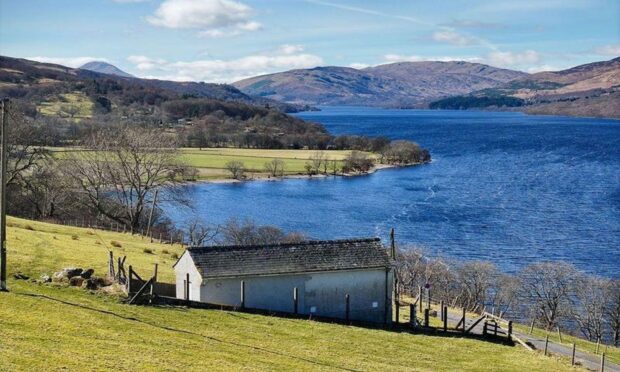
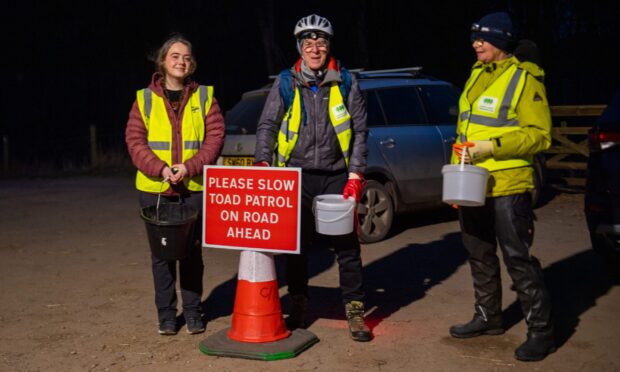

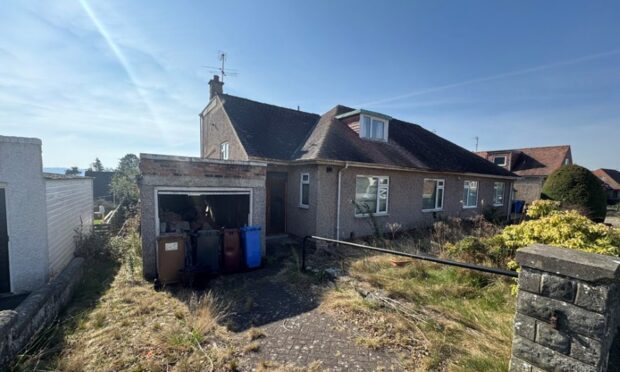


Conversation